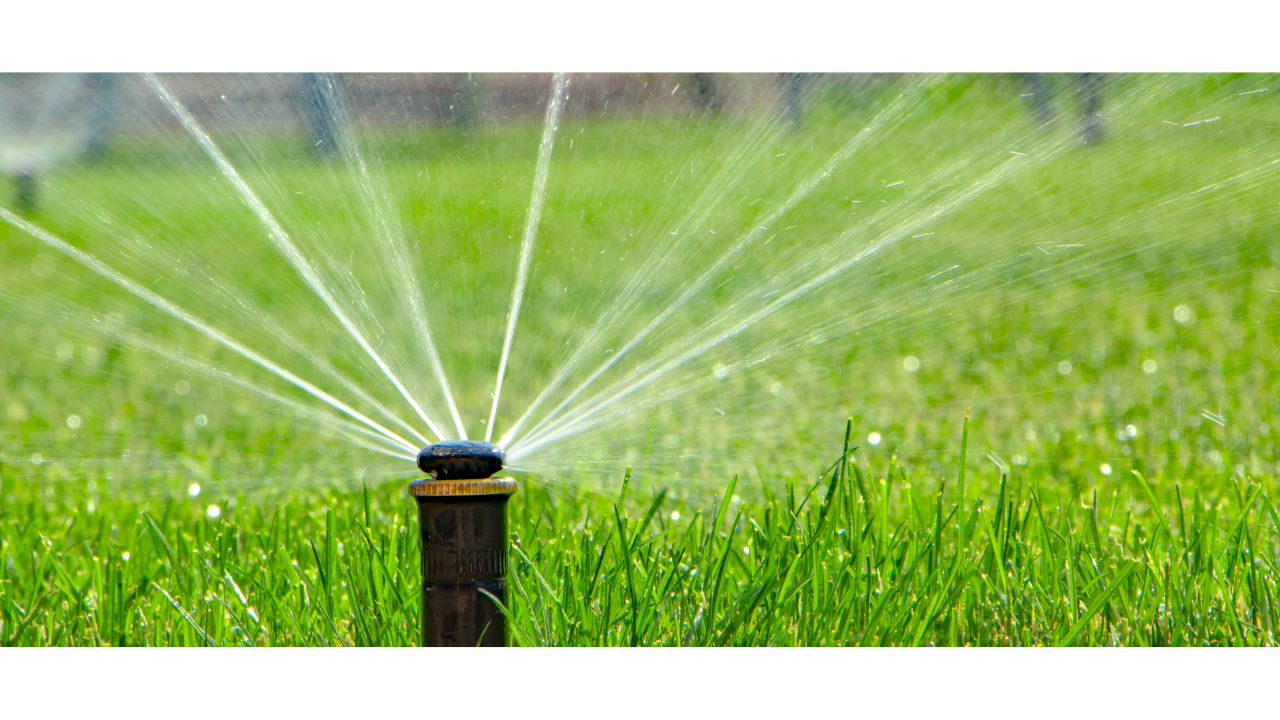



Cleaner Water for Country Living: The Iron & Manganese Fix
Possibly The best “bore water filter system in Australia”
Living off the land comes with enough challenges—your water shouldn’t be one of them. If you’ve noticed red stains in the laundry, black marks in the bathroom, or metallic-tasting drinking water, your groundwater likely contains iron and manganese.
Here’s how our system makes rural life easier:
• Protect Your Gear: Whether it’s your irrigation system, pressure pumps, or household pipes, iron buildup can clog and corrode. Our system keeps everything flowing and lasting longer.
• No More Rust Stains: Save your washing machine—and your clothes. Remove the source of orange and black stains from your laundry, tiles, and tanks.
• Fresh-Tasting Water: Enjoy water that tastes as clean as your air—no more metallic flavor or funky smells.
• Better for Livestock & Crops: Cleaner water supports healthier animals and reduces the risk of mineral buildup in feed tanks and irrigation systems.
• Lower Maintenance Costs: Fewer blockages, less damage, and reduced need for harsh cleaners or equipment replacement.
• Protect Your Property Value: A farm or homestead with reliable, quality water stands out for both comfort and resale.
Typical sources of iron fouling are
- Anoxic aquifers containing soluble divalent iron and/or manganese
- Hydroxide flocs of oxidized iron and/or manganese from raw water
- Natural organic matter (NOM) containing iron complexes
- Hydroxide flocs from coagulation process
- Corrosion products from piping materials used for the feed water
- Silicates containing iron
